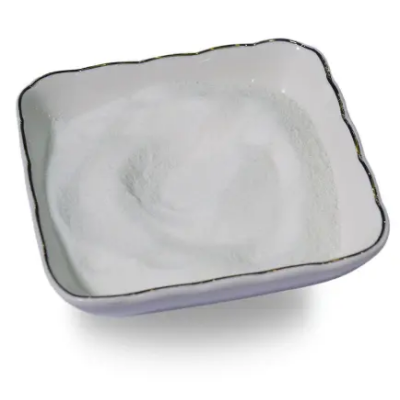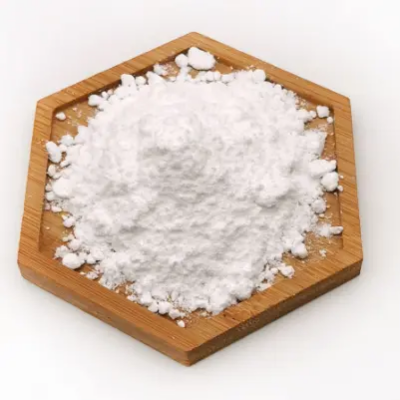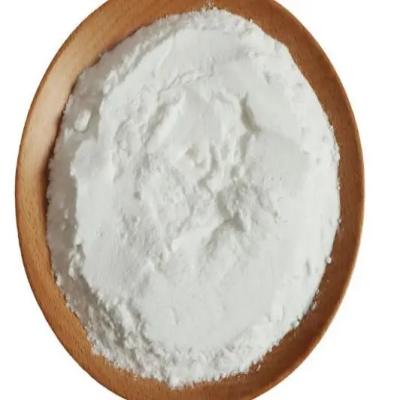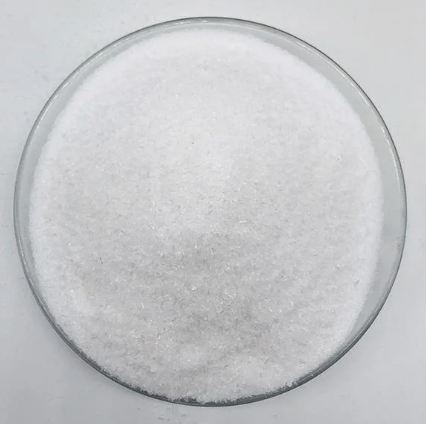Tropine CAS:120-29-6
Tropine is a key intermediate in the biosynthetic pathway leading to the formation of tropane alkaloids, including atropine and scopolamine. These alkaloids exhibit anticholinergic effects and are used in medicine for their ability to block acetylcholine receptors, leading to a range of therapeutic applications. Tropine itself has been studied for its potential pharmacological properties and is a subject of interest in drug discovery and development. In pharmaceuticals, tropine is utilized in the synthesis of medications with anticholinergic, analgesic, and antiemetic properties. It serves as a precursor to drugs used to treat conditions such as motion sickness, nausea, and certain types of poisoning. Tropine-derived compounds play a crucial role in the pharmaceutical industry by providing a foundation for the development of drugs that target the central and peripheral nervous systems. Furthermore, tropine is used in the production of synthetic tropane alkaloids for pharmaceutical and research purposes. By chemically modifying tropine, scientists can create analogs and derivatives with enhanced pharmacological activities or improved properties. These modified compounds have potential applications in drug design, neuroscience research, and the study of acetylcholine receptors, contributing to advancements in medical science and pharmacology. Additionally, tropine finds applications in organic synthesis as a versatile building block for creating complex molecules. Its unique structure and reactivity make it valuable in the preparation of fine chemicals, natural products, and specialty compounds. Tropine derivatives are utilized in the fragrance industry, agrochemical sector, and material science for their diverse properties and functionalities, showcasing the broad utility of this nitrogenous compound in various fields of chemistry and industry. In summary, tropine plays a significant role in the biosynthesis of tropane alkaloids and serves as a valuable precursor in the synthesis of pharmaceuticals, research chemicals, and specialty compounds. Its versatility and pharmacological potential make it a key molecule in drug development and organic chemistry, contributing to the advancement of scientific knowledge and the discovery of new therapeutic agents.



| Composition | C8H15NO |
| Assay | 99% |
| Appearance | white powder |
| CAS No. | 120-29-6 |
| Packing | Small and bulk |
| Shelf Life | 2 years |
| Storage | Store in cool and dry area |
| Certification | ISO. |









